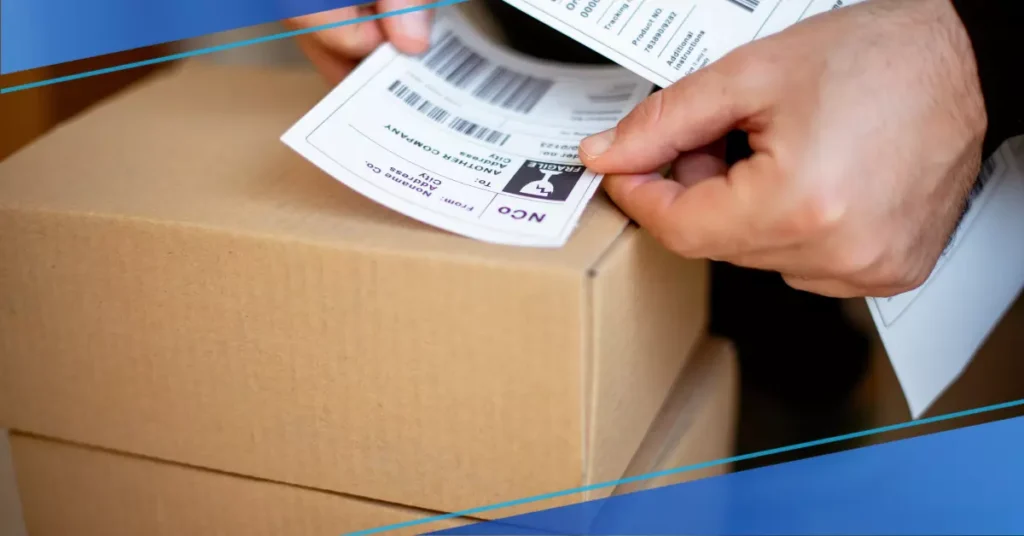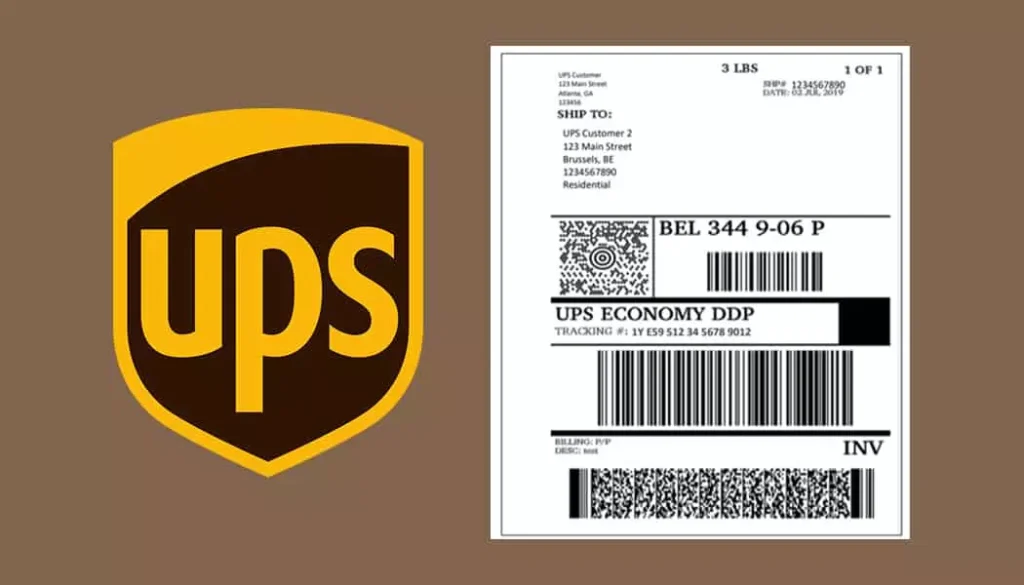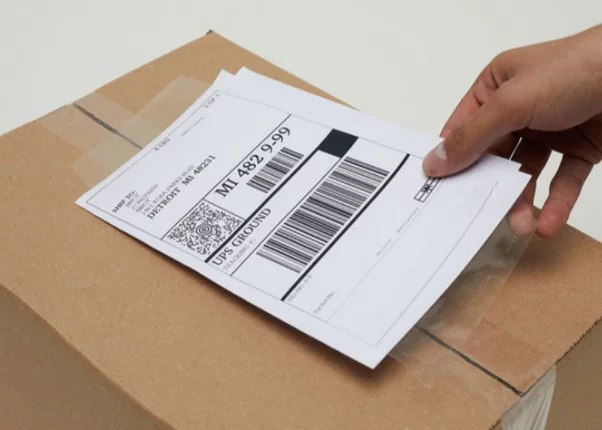How to Read a UPS Packing Slip
How to read a UPS Packing slip is very important in the shipping business, though many are ignorant of this fact. This is why we will be showing you just how to go about it as you read through.

How to Read a UPS Packing Slip
Packing slips are essential in the business of shipping and logistics for ensuring that goods are delivered precisely and quickly.
A UPS Packing Slip is a seemingly unassuming document that contains vital information that can help you confirm the contents of your package, monitor its progress, and even make refunds or swaps easier if necessary.
Both recipients and senders must be able to understand a UPS packing slip to avoid costly errors, guarantee customer happiness, and streamline the shipping process.
Whether you’re a regular online shopper, a business owner shipping goods to clients, or you’re just interested in how package deliveries work, learning how to read a UPS packing slip will provide you with insightful knowledge.
So let’s go out on this adventure to uncover the truth about those unassuming slips and see how they are the secret to smooth shipping operations.
READ ALSO!!!
- USPS vs UPS vs FedEx: Who Has Better Rates in 2023?
- How to Send a Prepaid UPS Label Step by Step
- UPS Surepost vs UPS Ground: The Right Shipping Option
- DHL vs UPS: Which Shipping Giant Comes Out on Top?
Key Components of a UPS Packing Slip
More than just a piece of paper, a UPS Packing Slip is a valuable resource that both shippers and recipients may use to assure the correctness and efficient operation of the shipping process.
You can traverse shipments with confidence if you are familiar with the essential elements of this guide. Let’s examine these fundamental components:
1. Shipper and Recipient Information
- Sender’s Details
- Receiver’s Details
2. Shipping Details
- Tracking Number
- Shipment Date
- Shipping Method
- Estimated Delivery Date
3. Itemized List of Contents
- Description of Each Item
- Quantity of Each Item
- Unit Price
- Total Price
4. Additional Services
- Insurance Coverage
- Handling Fees
- Special Instructions
How to Read a UPS Packing Slip

1. Identifying the Sender and Receiver Information
The sender’s information, such as the business or person who supplied the package, is listed in the first section of the packing slip.
It has their name, address, and phone number. Similar to that, the recipient’s details are also given, stating who the gift is meant for and their respective address.
2. Shipment Details
The shipment information is covered in the packing slip’s following section. This contains the UPS tracking number, a special identification code given to each shipment for simple tracking while it is in transit.
If you wish to track the progress and position of your package while it is in transit, you must have the tracking number.
3. Description of Contents
You can read a thorough description of the package’s contents in this section. The number of each item will be mentioned separately with each item’s distinct listing.
You can use this information to compare the products you’ve gotten to what you were supposed to mail.
3. Verifying Quantity
Make sure that each item’s quantity corresponds to your expectations. You should get in touch with the sender or UPS customer support right away to address any issues.
4. Order Numbers and SKUs
Order numbers and Stock Keeping Units (SKUs) for each item are frequently included on packing slips.
The sender and receiver can refer to particular transactions or orders connected to the cargo using order numbers.
SKUs, on the other hand, are special codes that are issued to every product and make inventory management and tracking simpler.
5. Pricing Information
The pricing details for the transported goods may also be listed on the packing slip. This enables the receiver to confirm the item’s price and guarantees that they are being charged fairly.
6. Reviewing Charges
Review the pricing information carefully to make sure it meets your needs. For more information, if you spot any errors or unlawful charges, get in touch with the sender or UPS customer support.
7. Additional Instructions
Packing slips may occasionally include specific instructions from the sender.
To guarantee the correct management of the package contents, these instructions may include guidance for assembly, care instructions for sensitive items, or any other pertinent information.
8. Return Policy and Contact Information
The sender’s return policy could be included on a UPS packing slip. It describes the guidelines for returning or exchanging things, where applicable.
Additionally, the packing slip can include the sender’s contact information, enabling you to get in touch with them if you have any queries or worries.
READ ALSO!!!
- Ups Delivery Times and Hours
- Ups Ground Shipping Time Vs Usps Priority
- Where Can I Drop Off a Prepaid UPS Package?
- Ups Package Pickup: How Does It Works
Frequently Asked Questions
1. What Should I Do if the Quantity of Items on the Packing Slip Doesn’t Match What I Received?
Contact the sender or UPS customer support right away if there are any inconsistencies in the number of the items so that you can discuss them and find a solution.
2. Can I Use the UPS Packing Slip for Returns or Exchanges?
Yes, the return policy and contact details of the sender are frequently included on the packing slip. If necessary, you can use these details to start returns or exchanges.
3. How Do I Track My Package Using the UPS Tracking Number?
By inputting the UPS tracking number on their official website or mobile app, you may easily find your package.
4. Are There Any Special Instructions I Need to Follow When Handling the Package Contents?
The sender may have left specific instructions on some packing slips. It is crucial to read and abide by these guidelines for correct handling, especially when dealing with delicate or fragile objects.
5. What Should I Do if I Have Questions or Concerns about My UPS Package?
Use the contact details on the packing slip to get in touch with the sender if you have any queries or issues, or call UPS customer service for support.
Conclusion
It is simple but crucial to read a UPS packing slip when receiving a package. It gives you useful details about the cargo, enabling you to confirm the items within, the quantity, and the price.
It’s important to comprehend the information on the packing slip to ensure a simple and trouble-free UPS delivery process.
